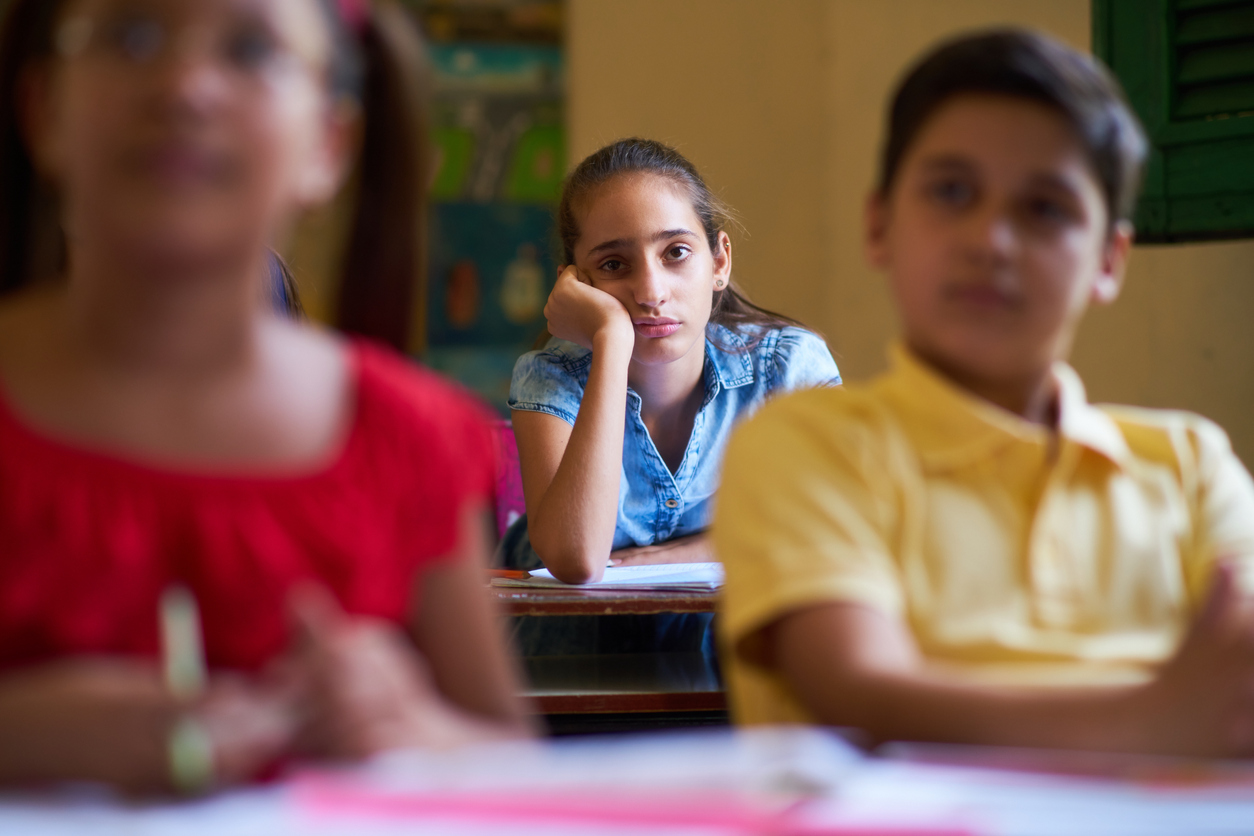Education is a cornerstone of our society, and for as long as people have been living and working together, there has been some form of education to help them learn and grow. Over time, the needs of society change and our understanding of how people learn best advances. When this happens, we have to adjust our educational frameworks to ensure that our children are getting the best possible education for the world as they will encounter it.
Many of today’s traditional classrooms are operating with some outdated norms and in a way that doesn’t fully incorporate what we now know about learning and motivation. There are several things the traditional classroom gets wrong, but there are also ways we can adjust to better prepare our children for the future by meeting their present needs.
The Problem: There’s Too Much Wasted Time
Children in a traditional classroom spend a lot of time waiting. Whether they are waiting for the teacher to do routine classroom management like attendance checks and administrative announcements, waiting for other classmates to complete work so the class can move on as a whole, waiting to move from activity to activity, or waiting for the teacher to handle more disruptive classroom issues, a lot of the school day is wasted.
The Solution: Innovative Classroom Activities
When students are empowered to move at the pace that works best for them, they are able to spend more of their time learning instead of waiting for instruction or waiting for others to catch up. Classrooms that are set up with multiple stations for activities are spaces where students can continue to learn even as the teacher has to handle disruptions and administrative work.
The Problem: Too Much Emphasis on Results
Because funding and teacher promotion are often tied to the results on standardized tests, too much emphasis is put on the end result of learning rather than the process that the student undergoes to get there. High-stakes testing has been linked to a rise in anxiety for students and also puts immense pressure on teachers to move ahead with lesson plans even if students aren’t ready.
The Solution: Process-Focused Assessment
By doing a holistic assessment of students’ progress, teachers can be freed from the restrictions of results-only perspectives. Looking at not only a students’ final product but also the steps taken to get there and the lessons learned along the way provides both students and teachers with a deeper understanding of what learning really means.
The Problem: Lecturing is Ineffective
Many classrooms still rely on the traditional delivery method of lecturing. Cognitive research suggests that lecturing has probably never really been the best way to learn since it requires an attention span beyond most people’s abilities, but it is certainly not the most effective way for modern-day learners who are used to information coming at them in much shorter, more interactive bursts. In addition, a lecture doesn’t leave a lot of room for students’ questions, making it difficult for teachers to know who is really following the material and who is confused.
The Solution: Multimodal Content Delivery
There are so many ways to deliver information. Teachers can rely on flipped classroom models (where students access short videos and readings before class), hands-on learning experiences, interactive group activities, and demonstrations to ensure that learners receive information in multiple ways. By providing lots of different types of information, teachers also find it easier to see who is keeping up with the material and who might need more help.
Reforming traditional education is not about reinventing the wheel. It is about recognizing the foundational elements of education that will stay the same from generation to generation and also seeing how new research and updated norms translate to adapted approaches. The Tenney School is dedicated to providing education that works for today’s learners.


